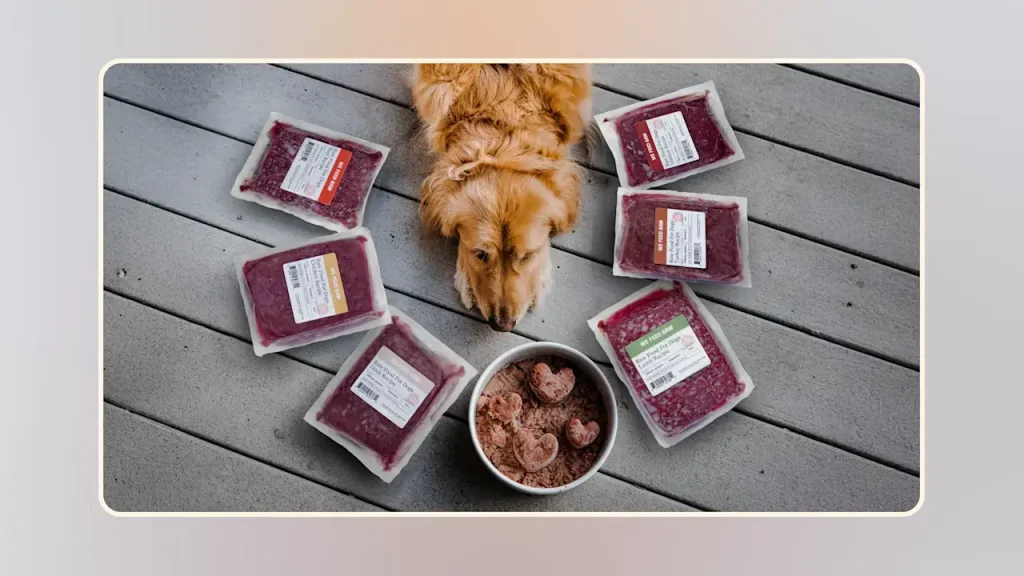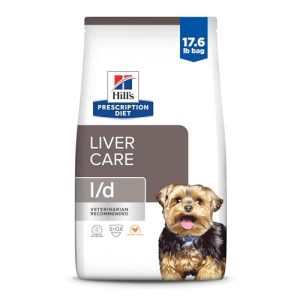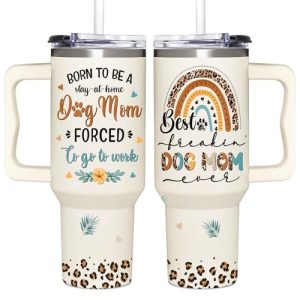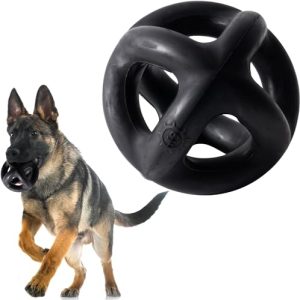Are you wondering if raw food is the best choice for your furry friend? You’re not alone.
Many dog owners are diving into this debate, eager to find the perfect diet for their pets. Your dog’s health and happiness depend on the food you provide, and making the right choice can feel overwhelming. But what if you could unlock the secret to boosting your dog’s energy, improving their coat, and enhancing their overall well-being?
By exploring the raw food diet, you might discover the key to transforming your dog’s life. Dive into this article to uncover the truth about raw food for dogs and find out if it’s the ultimate diet for your beloved companion.

Credit: www.youtube.com
Benefits Of Raw Food For Dogs
Raw food diets for dogs are becoming more popular among pet owners. Many believe this diet can improve a dog’s overall health.
This diet includes fresh meats, bones, and vegetables in their natural form. It aims to mimic what dogs ate before domestication.
Improved Digestion And Nutrient Absorption
Raw food is easier for dogs to digest because it contains natural enzymes. These enzymes help break down food more efficiently.
Better digestion means dogs absorb more nutrients. This can lead to better health and fewer stomach problems.
- Natural enzymes aid digestion
- Higher nutrient absorption
- Less stomach upset and gas
Healthier Skin And Coat
Raw diets often have more healthy fats and oils. These fats help keep a dog’s skin soft and reduce itching.
A shiny coat is a sign of good health. Dogs on raw food diets often have glossier fur and less shedding.
- More natural fats for skin health
- Reduced skin irritation
- Shinier and softer coat
Increased Energy Levels
Dogs eating raw food often show higher energy. This may be because they get more nutrients from their meals.
Better energy helps dogs stay active and playful. It supports their overall well-being and fitness.
- More nutrient-rich meals
- Higher stamina and activity
- Supports healthy muscle function
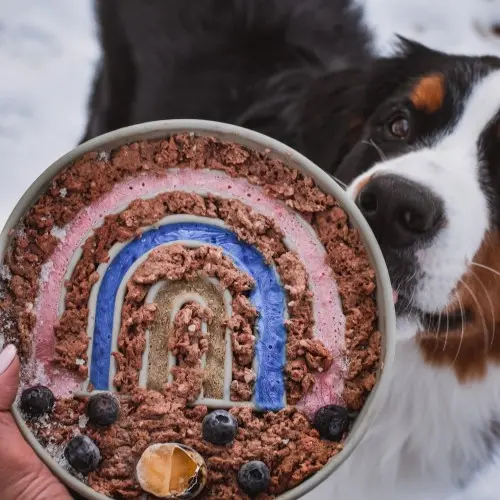
Credit: wefeedraw.com
Potential Risks Of Raw Diets
Many dog owners consider raw diets for their pets. These diets include uncooked meat, bones, and organs. While some believe raw food is natural, it has risks that owners should know.
Understanding these risks helps keep dogs safe and healthy. Below are common concerns linked to raw feeding.
Bacterial Contamination Concerns
Raw meat can carry harmful bacteria. These bacteria can cause illness in dogs and humans. Common bacteria found in raw diets include Salmonella and E. coli.
- Dogs may get sick with vomiting and diarrhea.
- Owners risk infection when handling raw meat.
- Contaminated food can spread bacteria to surfaces and other pets.
- Cleaning and safe storage are very important.
Nutritional Imbalances
Raw diets can lack important nutrients. Dogs need a balanced mix of vitamins and minerals. Without this, they may develop health issues.
| Common Nutrient | Risk of Deficiency | Possible Health Effect |
|---|---|---|
| Calcium | Low levels | Weak bones and teeth |
| Vitamin D | Too much or too little | Bone deformities or toxicity |
| Protein | Imbalanced ratio | Muscle loss or kidney strain |
Choking And Bone Hazards
Raw bones in diets can be dangerous. Small or sharp bones may cause choking or damage inside the mouth and throat.
- Choking from large bone pieces
- Broken teeth from hard bones
- Bone fragments may puncture the stomach or intestines
- Constipation or blockages from swallowed bones
Comparing Raw Food To Commercial Dog Food
Choosing the right diet for your dog is important for their health. Raw food and commercial dog food are two popular options. Each has different benefits and challenges.
This article looks at how raw food compares to commercial dog food. We focus on nutrition, cost, and storage needs.
Nutritional Content Differences
Raw food usually contains fresh meat, bones, and organs. It is rich in protein and natural enzymes. Commercial dog food is processed and may lose some nutrients during production.
Many commercial foods add vitamins and minerals to balance nutrition. Raw diets rely on natural ingredients but need careful planning to avoid gaps.
| Aspect | Raw Food | Commercial Dog Food |
| Protein Source | Fresh meat and organs | Processed meat and plant proteins |
| Vitamins and Minerals | Natural, from ingredients | Added supplements |
| Enzymes | Present naturally | Usually destroyed by heat |
| Carbohydrates | Low, from natural sources | Higher, often from grains |
Convenience And Cost Factors
Raw food requires more time to prepare. It may cost more due to fresh ingredients. Commercial dog food is easy to store and serve. It usually costs less overall.
- Raw food needs thawing and preparation
- Fresh ingredients may be expensive
- Commercial food is ready to use
- Bulk buying lowers commercial food cost
- Raw food may require special tools or storage
Shelf Life And Storage
Raw food spoils quickly and needs refrigeration or freezing. Commercial dog food has a long shelf life. It can be stored at room temperature for months.
| Type | Storage | Shelf Life |
| Raw Food | Refrigerate or freeze | Few days to months (frozen) |
| Commercial Food | Room temperature | 6 months to 1 year |
How To Safely Transition To A Raw Diet
Switching your dog to a raw food diet takes care and planning. It is important to do it safely to keep your dog healthy.
This guide will help you make the change smoothly and avoid common problems.
Consulting Your Veterinarian
Talk with your vet before changing your dog’s diet. They can check your dog’s health and give advice on raw food choices.
Your vet may suggest tests or specific nutrients your dog needs. This step helps avoid health risks.
Gradual Introduction Tips
Start by mixing small amounts of raw food with your dog’s current food. Increase the raw food slowly over weeks.
- Begin with 10% raw food and 90% old food.
- Watch for any signs of upset stomach.
- Increase raw food by 10% every 3-5 days.
- Keep fresh water available at all times.
- Switch fully to raw food after 3-4 weeks if no problems appear.
Monitoring Your Dog’s Health
Watch your dog closely during the change. Look for changes in energy, stool, and appetite.
| Health Sign | What to Watch For |
| Energy Level | Active and playful is good |
| Stool | Firm and regular is normal |
| Appetite | Eating well without fuss |
| Weight | Steady, not losing too fast |
Common Myths About Raw Feeding
Many dog owners wonder if raw food is the best diet for their pets. There are several ideas about raw feeding that are not always true. Understanding these myths can help you make better choices for your dog’s health.
Some people believe raw diets solve every health problem, but this is not always correct. It is important to look at facts and not just opinions when deciding what to feed your dog.
Raw Diets Cure All Diseases
Some say raw food can fix all illnesses in dogs. This is not true. Dogs can have health issues no matter what they eat.
A balanced diet helps keep dogs healthy, but raw food is not a magic cure. Regular vet visits and good care are still needed.
Cooked Food Is Always Unhealthy
Many believe cooked food is bad for dogs. Cooking can actually make some foods safer and easier to digest.
Cooked food can provide important nutrients and reduce bacteria risks. It is not correct to say all cooked food is unhealthy.
- Cooking kills harmful bacteria
- Some nutrients become more available after cooking
- Cooked food can be part of a balanced diet
All Raw Food Is Risky
Raw food can carry bacteria, but not all raw food is dangerous. Safe handling and quality ingredients reduce risks.
Many pet owners feed raw diets safely by following hygiene rules and choosing trusted sources. Not all raw food is harmful.
- Use fresh, high-quality raw meat
- Store raw food properly in the fridge or freezer
- Clean bowls and surfaces after feeding
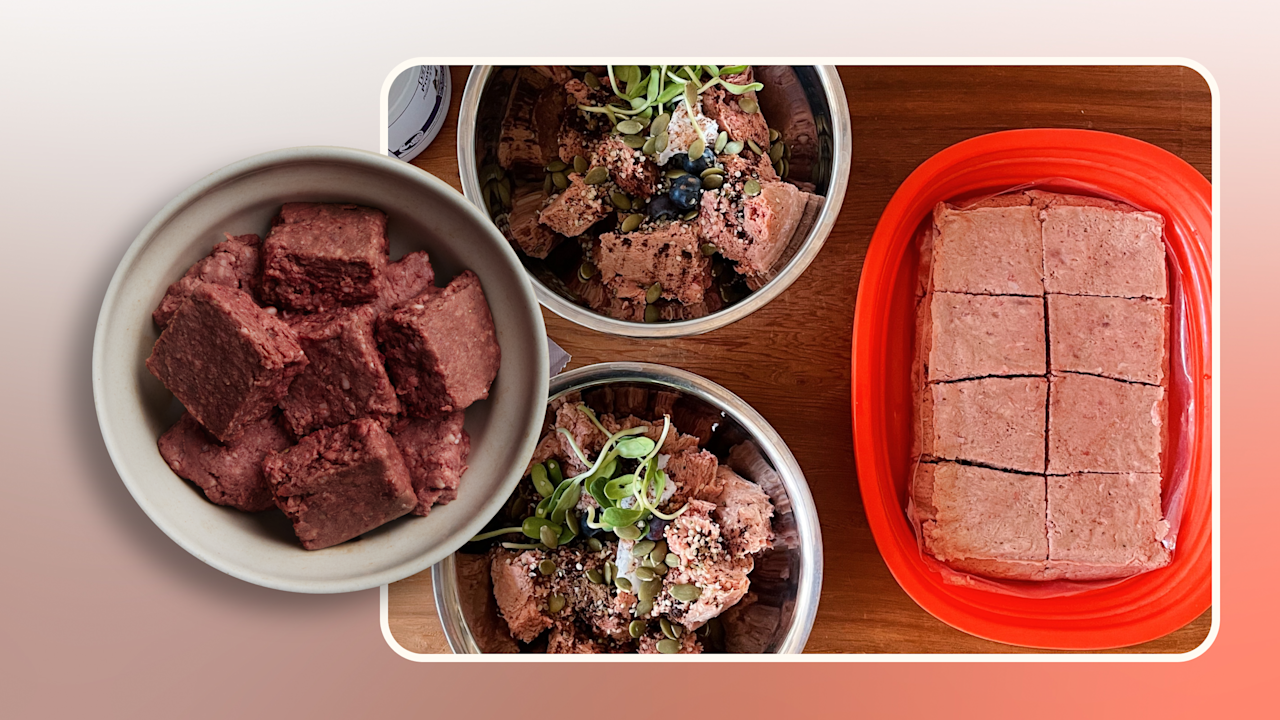
Credit: wefeedraw.com
Choosing The Right Raw Food Plan
Feeding dogs a raw food diet requires careful choices. You must pick a plan that fits your dog’s health and needs.
This guide explains key points about raw food plans. It helps you decide between homemade and commercial meals. It also covers important nutrients and supplements.
Homemade Vs. Commercial Raw Meals
Homemade raw meals let you control ingredients. You can avoid fillers and add fresh foods. Commercial raw meals save time and come balanced for dogs.
- Homemade meals need careful planning to meet nutrition needs.
- Commercial meals are made to meet standards but can be costly.
- Both types require safe handling to avoid bacteria risks.
Essential Nutrients To Include
Raw diets must have key nutrients for dog health. Missing nutrients can cause problems over time.
| Nutrient | Why it is important |
| Protein | Builds muscles and repairs tissue |
| Fat | Provides energy and supports skin health |
| Calcium | Keeps bones and teeth strong |
| Vitamins A, D, E | Support vision, immunity, and skin |
| Omega-3 fatty acids | Reduce inflammation and improve coat |
Supplements And Additives
Sometimes raw diets need extra supplements. They fill gaps and boost nutrition.
- Fish oil for omega-3 fatty acids
- Bone meal or ground eggshell for calcium
- Probiotics to aid digestion
- Vitamin supplements if needed after vet advice
Frequently Asked Questions
What Are The Benefits Of A Raw Food Diet For Dogs?
A raw food diet can improve dogs’ digestion, coat health, and energy levels. It provides natural nutrients and avoids fillers found in processed foods.
Are Raw Diets Safe For All Dog Breeds?
Raw diets can be safe if balanced properly. Some breeds may need tailored nutrition, so consult a vet before switching diets.
How Do I Transition My Dog To Raw Food?
Switch gradually over 7-10 days. Mix increasing amounts of raw food with current food to avoid digestive upset.
Can Raw Food Diets Cause Health Risks For Dogs?
Improper raw diets risk bacterial infections and nutrient imbalances. Proper handling and recipe balance are essential to ensure safety.
Conclusion
Raw food can offer many benefits for dogs but is not perfect for all. Some dogs thrive on it, while others may face health risks. Always check with your vet before changing your dog’s diet. Balance and safety matter most for your pet’s health.
Consider your dog’s needs, lifestyle, and any medical issues. Feeding raw food requires care and knowledge. It’s not a quick fix but a thoughtful choice. Your dog deserves a diet that supports long, happy life. Choose wisely and watch your dog’s health closely.

Emily Barker is the founder of ChillDogLife.com, a space dedicated to helping pup parents discover the best dog products, lifestyle tips, and cozy ideas for happier homes.
A lifelong dog lover, Emily combines her passion for pets with a knack for research to share trusted recommendations on everything from toys and furniture to health and everyday care.
Her goal is simple: to make life easier, stylish, and more joyful for dogs and the people who love them.
